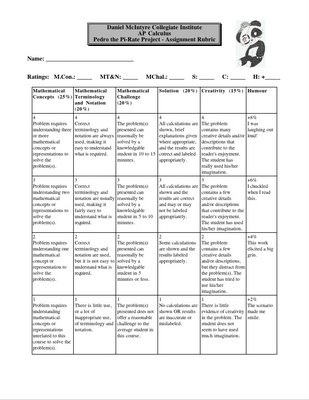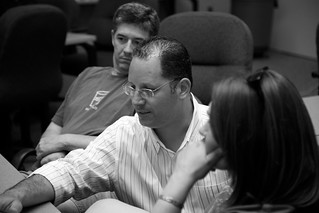
Equally profound is the impact that a comment from another person can have on a student's motivation to learn. I'm blessed to have Lani Ritter-Hall as a mentor for my class blogs. Her presentation, Second Nature - Extending dialogue in the blogosphere, at K12 Online really showcased her brilliance in this area. She does stuff like this almost every day for the kids in my class, for which I'm very grateful ...
Lani said...Hi Christian, This is absolutely excellent! Your writing is riveting; I couldn't stop until I reached the end. You are extraordinarily creative and profound. I love the references to today's world: "Queen Hopra Winfrey, Hugwarts,McStarrybucks." I'm sure there are others I did not catch. These two sentences really stopped me in my tracks for a moment: "He was one of those few who knew for a fact that thoughts, valuable as they are, aren't worth much unless coupled with action." "There were those who tried to be wise, and those who just were, and one can never be taken for the other. Hisoka was a prime example of the latter." I applaud you for your seamless integration of the calculus challenge! What a tremendous beginning to a grand project!! Best, Lani 11/29/2006 11:35 AMchristian said...
Hi Lani! I honestly can't tell you with words how I felt when I read your comment. It felt...great! Thanks for the kindness! Haha, that's all for now.. I'm starting to use exclamation points too much -_- 11/29/2006 6:31 PM
I think Christian is referring to the random acts of kindness (comments; at home and abroad) we were talking about in all my classes today. (Chris Harbeck is another regular perpetrator of these random acts of kindness in all my classes ... thanks Chris!)
We've been getting visitors (about 12 or 13 years old ... I think) from Mr. Jones class in Scotland. My kids (about 16 to 18+ years old) have started returning the favour. This might turn into a little side trip where we exchange podcasts.
I'm not sure if the world is flat. But it's starting to feel like we all live in Whoville.
- 11/29/2006 11:32:00 pm
- 0 Comments






